Rolf Lislevand - Libro primo (2025) [Hi-Res]
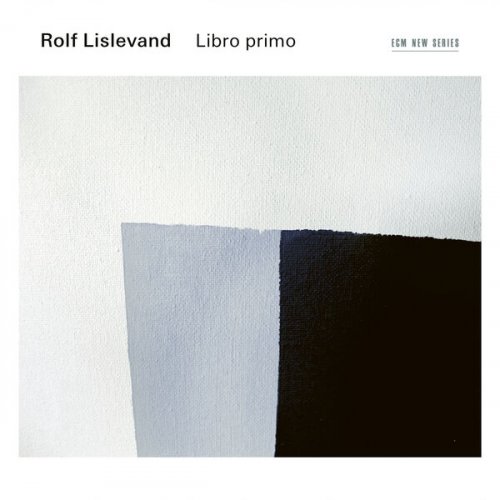
Artist: Rolf Lislevand
Title: Libro primo
Year Of Release: 2025
Label: ECM New Series
Genre: Classical
Quality: FLAC (tracks) / 24bit-96kHz FLAC (tracks)
Total Time: 46:38
Total Size: 194 / 812 MB
WebSite: Album Preview
Tracklist:Title: Libro primo
Year Of Release: 2025
Label: ECM New Series
Genre: Classical
Quality: FLAC (tracks) / 24bit-96kHz FLAC (tracks)
Total Time: 46:38
Total Size: 194 / 812 MB
WebSite: Album Preview
1. Kapsberger: Libro primo d'intavolatura di lauto: Toccata terza (2:01)
2. Foscarini: Li cinque libri della chitarra alla spagnola: Tasteggiata (3:22)
3. Lislevand: Intro / Libro primo d'intavolatura di lauto: Toccata sesta (3:51)
4. Gianoncelli: Il liuto di Bernardo Giaconcelli detto il Bernardello: Corrente con le sue spezzate (2:02)
5. Kapsberger: Libro primo d'intavolatura di lauto: Toccata quinta (3:03)
6. Lislevand: Passacaglia al modo mio (7:24)
7. Kapsberger: Libro terzo d'intavolatura di chitarone: Toccata seconda (3:17)
8. Ortiz: Trattado de Glosas: Recercada sesta (1:53)
9. Kapsberger: Libro quarto d'intavolatura di chitarone: Kapsberger (2:18)
10. Kapsberger: Libro primo d'intavolatura di chitarone: Toccata seconda arpeggiata (2:35)
11. Kapsberger: Libro primo d'intavolatura di chitarone: Toccata prima (4:08)
12. Kapsberger: Libro primo d' intavolatura di lauto: Gagliarda prima (2:17)
13. Kapsberger: Libro primo d'intavolatura di chitarone / lntavolatura di liuto et di chitarrone: Folias (5:23)
14. Ortiz: Trattado de glosas: Recercada quinta (3:08)
On his newest recording for ECM’s New Series, lute virtuoso Rolf Lislevand turns to the revolutionary Baroque literature for archlute and chitarrone, interpreting 17th century lute composers’ works largely found in their first printed books – their respective libri primi. In striking solo performances, the Norwegian explores the progressive nature of pieces by the Italians Johann Hieronymous Kapsberger, Giovanni Paolo Foscarini and Bernardo Gianoncelli as well as two Recerercadas of Spaniard Diego Ortiz.
Lislevand takes historically informed liberties in his interpretations, improvising frequently, as was custom at the time, and even contributes his own personal study of the challenging Passacaglia form with his “Passacaglia al modo mio”. The modernity of this music’s melodic and rhythmic sensibility throughout can be surprising, substantiating Lislevand’s deeper dive into this repertoire. “The new style marked a departure from traditional Renaissance polyphony,” he writes in the performer’s note accompanying the disc. The so-called nuove musiche gave “rise to unusually dissonant and bold harmonic idioms as well as an altogether newfound ability to express the emotional content of text accompanied by previously unheard notions of rhythmical intricacy.” Lislevand’s own expressive approach to the music brings it thoroughly into the present. The album was recorded at Moosestudios, Norway between 2022 and 2023, mixed in Munich in 2024, and produced by Rolf Lislevand and Manfred Eicher.
Lislevand takes historically informed liberties in his interpretations, improvising frequently, as was custom at the time, and even contributes his own personal study of the challenging Passacaglia form with his “Passacaglia al modo mio”. The modernity of this music’s melodic and rhythmic sensibility throughout can be surprising, substantiating Lislevand’s deeper dive into this repertoire. “The new style marked a departure from traditional Renaissance polyphony,” he writes in the performer’s note accompanying the disc. The so-called nuove musiche gave “rise to unusually dissonant and bold harmonic idioms as well as an altogether newfound ability to express the emotional content of text accompanied by previously unheard notions of rhythmical intricacy.” Lislevand’s own expressive approach to the music brings it thoroughly into the present. The album was recorded at Moosestudios, Norway between 2022 and 2023, mixed in Munich in 2024, and produced by Rolf Lislevand and Manfred Eicher.
![Juan Torres Fernández - Azul Cristalino (2025) [Hi-Res] Juan Torres Fernández - Azul Cristalino (2025) [Hi-Res]](https://www.dibpic.com/uploads/posts/2025-12/1765496468_y7dxox9hmk6hb_600.jpg)

![Sam Most - But Beautiful (2025) [Hi-Res] Sam Most - But Beautiful (2025) [Hi-Res]](https://img.israbox.com/img/2025-12/12/n19esmi2zxvr716zw8citn0dv.jpg)

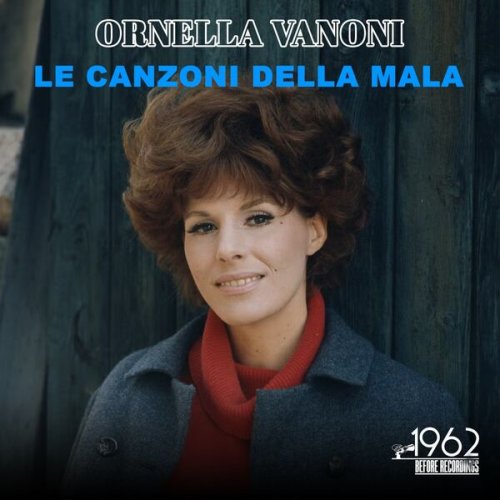
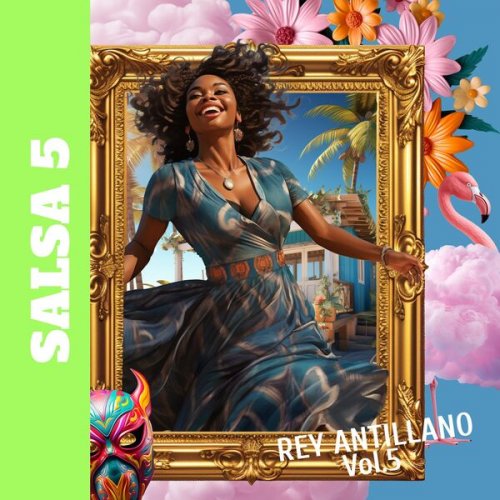
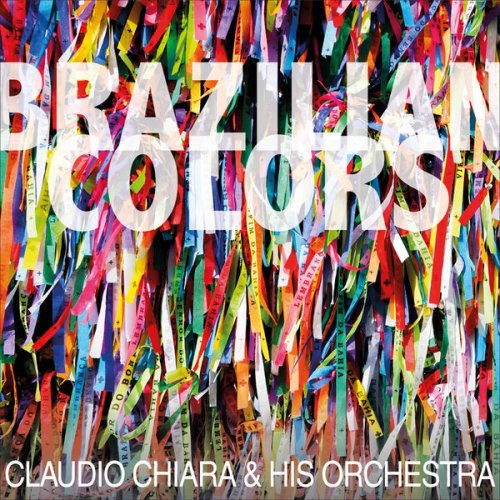
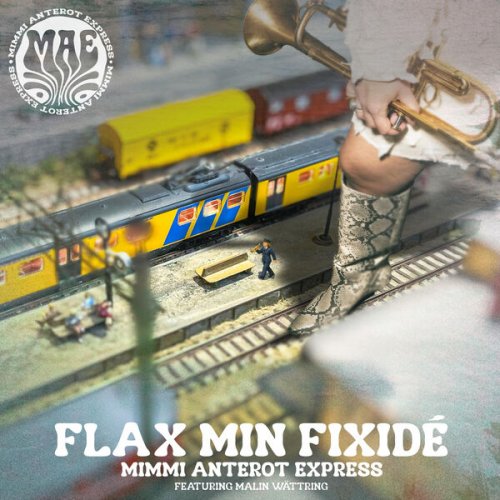
![Kenny Wheeler, Keith Jarrett, Dave Holland & Jack DeJohnette - Gnu High (1976/2025) [Hi-Res] Kenny Wheeler, Keith Jarrett, Dave Holland & Jack DeJohnette - Gnu High (1976/2025) [Hi-Res]](https://www.dibpic.com/uploads/posts/2025-12/1765627312_cover.jpg)